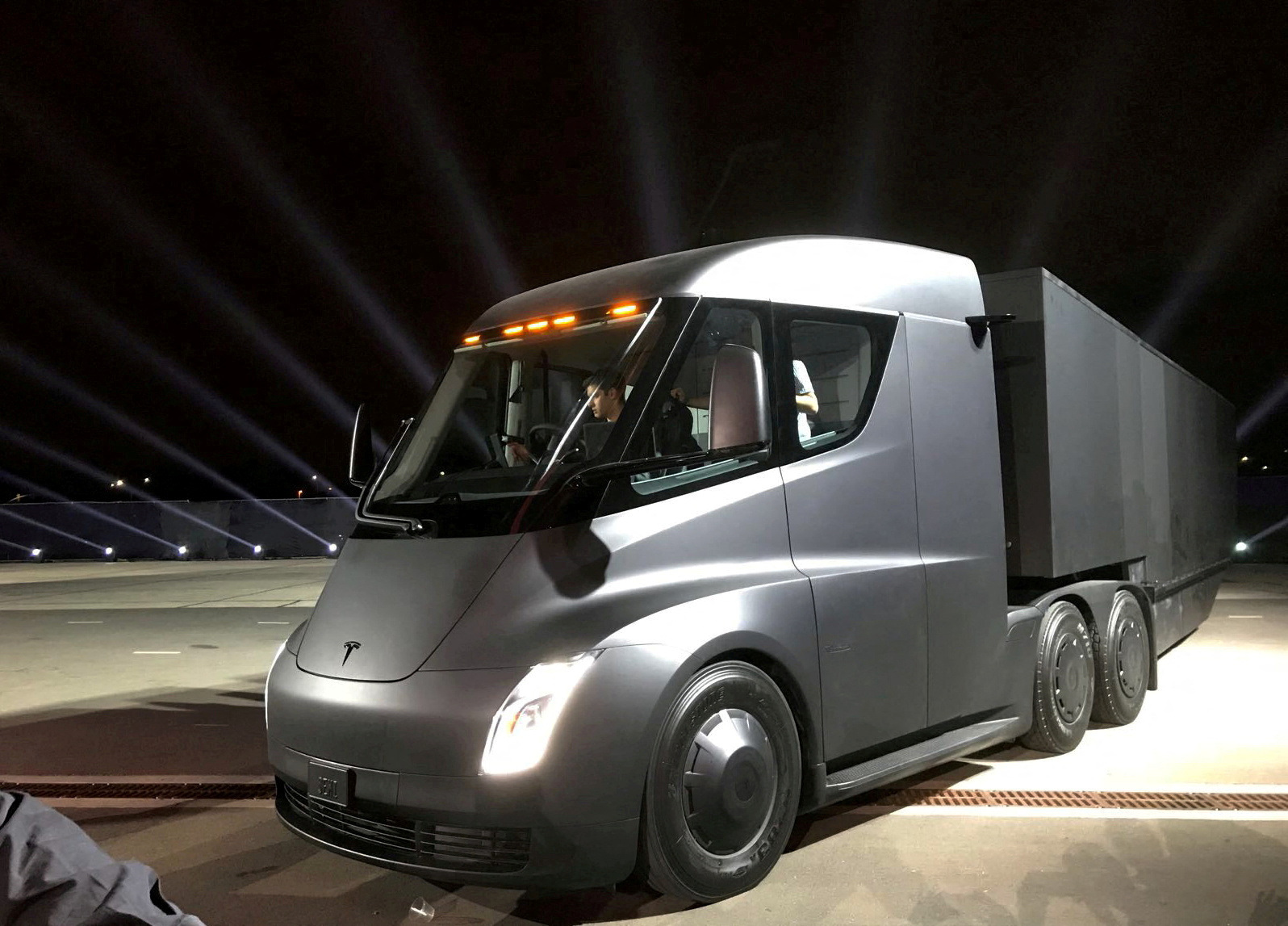Pepsi plans to start the delivery of productions from the 100 Tesla Semis it purchased in 2017. The changes are being made as Tesla finally started deliveries of its electric trucks. Customers like Walmart and Kroger will be receiving products from Tesla Semis in specific locations in the US.

The announcement was made by PepsiCo Vice President Mike O’Connell. In an interview with Reuters, he added that the company was buying the large all-electric trucks “outright” and is upgrading its plants. He said this includes the installation of four 750-kilowatt Tesla charging stalls at its Modesto and Sacramento locations. He said, “It’s a great starting point to electrify. Like any early technology, the incentives help us build the program.”
It was further stated that there were several development and infrastructure costs. Although the company didn’t share details on the price of the trucks when asked, O’Connell explained that it was a good investment. “We keep the trucks for a million miles, seven years. The operating costs over time will pay back.” Pepsi plans to begin rolling out the Tesla Semis in the central U.S. and then on the East Coast. O’Connell also pointed out that Tesla didn’t help pay for the megachargers for the vehicles, but it provided design and engineering services for the facilities.
Tesla Semi megachargers
The megachargers are equipped with solar and battery storage systems. He provided details on how long it would take to charge a Tesla Semi for a 425-mile trip carrying Frito-Lay products. It will bring the battery down to around 20%, and recharging it only takes around 35-45 minutes.
The Megacharger has been tasked with providing the Tesla Semi with the range before and during its trips. Patents for the Megacharger were released several years ago in 2019 and hinted toward liquid-cooled charging connectors that would pave the way for a fast and efficient charging mechanism providing the Semi with as little as 400 miles of range in just 30 minutes.
The charging port on the Semi used to be an 8-pin configuration that is significantly larger than the Supercharger port found on any of Tesla’s other vehicles. The liquid-cooled charging cable is especially thick and has a weave pattern that is tailored for the high-energy output that the Megacharger will have. The increased thickness and suitable design will help transfer energy faster and decrease charging times, giving the connector the ability to withstand high current loads. This new charging connector alleviates the potential for overheating or slow charging, as the redesigned Megacharger is configured to keep logistics routes moving and drivers on the road.











